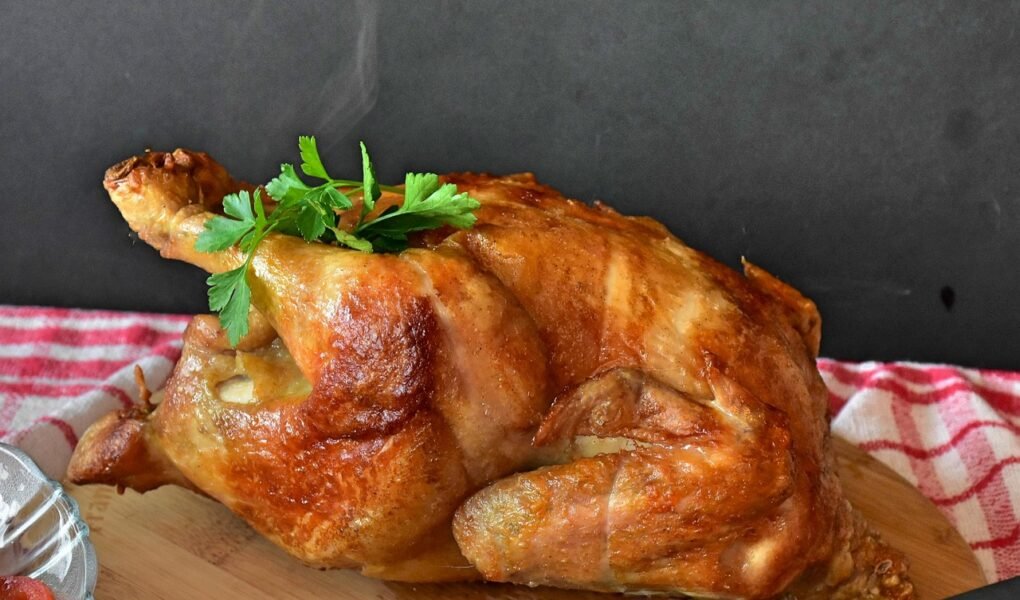Meal prepping doesn’t have to break the bank. With smart planning, strategic shopping, and a few Midwestern-inspired recipes, you can feed yourself well for around $50 a week while saving precious time during busy weekdays. This comprehensive guide will transform your approach to budget-friendly meal prep, proving that healthy, satisfying meals are absolutely achievable on a tight budget.
Planning Your Budget Meal Prep Success
The foundation of successful budget meal prepping starts with strategic planning. Shop your pantry first before making any grocery list. Take inventory of grains, canned goods, spices, and frozen items that can serve as meal foundations. This simple step prevents duplicate purchases and helps you build meals around what you already own.
Choose budget-friendly proteins as your meal anchors. Eggs, canned tuna, beans, lentils, chicken thighs, and ground beef offer excellent nutrition without premium prices. These versatile proteins can be transformed into multiple meals throughout the week, maximizing your grocery dollars.
Focus on seasonal produce to slash your vegetable costs. Seasonal fruits and vegetables not only taste better but typically cost significantly less. You’ll often find these items prominently displayed at the front of the produce section. Don’t overlook frozen vegetables either – they’re frozen at peak freshness and often cost less than fresh options.
Cook in batches to maximize your time and ingredients. Large batches of soups, stews, casseroles, and roasted vegetables stretch far and portion easily into containers for the week. This approach also reduces your cooking frequency, saving both time and energy costs.
Smart Shopping Strategies That Slash Costs
Successful budget meal prepping requires strategic shopping techniques. Look for store brands to cut costs without sacrificing quality. Many grocery chains offer house brands that provide substantial savings – Whole Foods’ “365 Organic” line, for example, delivers quality at lower prices.
Buy in bulk when possible, especially for pantry staples. Warehouse stores like Costco increasingly carry high-quality and organic items. Purchasing items like rice, beans, oats, and spices in bulk provides major savings over time.
Shop multiple stores strategically if convenient. Many budget-conscious meal preppers find success getting basics at stores like Trader Joe’s for better prices, supplementing with specific items from other retailers. This approach requires some extra effort but can significantly reduce your weekly grocery bill.
Time your shopping around sales cycles and use store apps to track prices. Many stores offer digital coupons and weekly specials that can further reduce your costs when incorporated into your meal planning strategy.
Affordable Midwestern-Style Recipes Perfect for Meal Prep
Midwestern cuisine excels at hearty, budget-friendly meals that scale well for meal prepping. These comfort food classics use affordable ingredients while delivering maximum satisfaction and nutrition.
Hearty Chicken and Rice Bowls
Transform affordable chicken thighs into multiple meals by roasting them with simple seasonings. Pair with bulk-cooked rice and frozen vegetables for complete, balanced meals. Ground beef and rice plus a veggie creates an extremely budget-friendly base that can be customized with different seasonings throughout the week.
Tuna Noodle Casserole
This Midwestern classic uses canned tuna, pasta, and frozen peas – all budget-friendly staples. The entire casserole feeds multiple people and reheats beautifully, making it ideal for meal prep. One batch provides several lunches or dinners at minimal cost.
Bean and Rice Combinations
Beans and rice together create complete proteins while costing pennies per serving. Add seasonal vegetables and different spice blends to create variety. This combination appears frequently in successful $25 meal plans because it’s filling, nutritious, and incredibly affordable.
Slow Cooker Split Pea Soup
Perfect for busy Midwestern families, this soup requires minimal hands-on time. Dried split peas cost very little but create a filling, protein-rich meal. Make large batches and freeze portions for easy future meals.
Jiffy Corn Casserole
This Midwestern staple uses affordable pantry items like Jiffy mix and canned corn. It serves as both a side dish and a filling component of larger meals, stretching your ingredients further.
Storage Hacks That Extend Freshness and Save Money
Proper storage techniques can make or break your meal prep success. Use airtight containers to maintain freshness and prevent food waste6. Different foods require different storage approaches – soups and stews need freezer-safe containers, while salads benefit from tight-fitting lids.
Glass containers offer versatility and longevity. Mason jars work excellently for soups, salads, and individual ingredients. Weck jars provide elegant storage for prepped ingredients, sauces, and overnight oats while allowing you to see contents at a glance.
Invest in quality storage solutions like Souper Cubes for freezing individual portions. These specialized containers let you freeze exact serving sizes, reducing waste while maintaining food quality. Stasher bags replace disposable options while saving space in both refrigerator and freezer.
Label everything with dates to track freshness and prevent waste. Many meal prep services include labels, but simple masking tape and permanent markers work just as well for home meal preppers.
Store prepped ingredients separately when possible. Keep proteins, grains, and vegetables in separate containers, then combine when ready to eat. This approach maintains better texture and freshness while allowing for more variety in your meals.
Sample Weekly Meal Plan for Around $50
This practical meal plan demonstrates how strategic shopping and cooking can feed one person well for approximately $50 per week, with principles that scale for larger households.
Shopping List Breakdown:
- Proteins: Whole chicken ($7), eggs ($3), canned tuna ($2), dried beans ($2)
- Grains: Rice ($2), pasta ($1), oats ($2)
- Vegetables: Frozen mixed vegetables ($3), onions ($2), potatoes ($3), canned tomatoes ($2)
- Dairy: Milk ($4), cheese ($5), yogurt ($3)
- Pantry items: Cooking oil ($3), basic spices ($4), bread ($2)
- Total: Approximately $50
Weekly Menu:
Sunday: Roast whole chicken with roasted potatoes and vegetables. Cost per serving: approximately $3. Save chicken bones for stock and leftover meat for additional meals.
Monday: Chicken and vegetable fried rice using leftover chicken, frozen vegetables, and bulk-cooked rice. Transform yesterday’s dinner into a completely different meal.
Tuesday: Bean and rice bowl with sautéed onions and whatever vegetables are available. This combination costs under $2 per serving while providing complete nutrition.
Wednesday: Tuna pasta salad using canned tuna, pasta, and frozen vegetables. Simple, filling, and costs approximately $2.50 per serving.
Thursday: Chicken soup made from the stock created Sunday, remaining chicken, and vegetables. Extremely economical and comforting.
Friday: Scrambled eggs with toast and vegetables. Breakfast for dinner provides excellent nutrition at minimal cost.
Saturday: Bean and vegetable soup using dried beans, canned tomatoes, and any remaining vegetables. Perfect for using up odds and ends while creating a satisfying meal.
Prep Day Strategy:
Cook grains in bulk – prepare large batches of rice, pasta, or other grains to use throughout the week. Pre-cook proteins like the whole chicken early in the week, then use in multiple applications. Chop vegetables in advance to speed weekday meal assembly.
This meal plan provides breakfast, lunch, and dinner options while maintaining variety and nutrition. Stretch meals over multiple days by repurposing ingredients – for example, using roast chicken for both the initial dinner and subsequent fried rice.
Maximizing Your Meal Prep Investment
Budget meal prepping succeeds through consistency and smart systems. Start small with just a few meals rather than attempting to prep everything immediately. Focus on simple recipes that don’t require extensive ingredient lists. A protein, vegetable, and carbohydrate combination provides solid nutrition and satisfaction without complexity.
Track your costs to understand which meals provide the best value. Some successful budget meal preppers achieve 16 meals for around $30, demonstrating that dramatic savings are possible with careful planning and execution.
Embrace flexibility in your meal planning. When certain ingredients go on sale, adjust your weekly menu accordingly. This responsive approach helps you take advantage of the best deals while maintaining your budget goals.
Remember that meal prepping saves money beyond just grocery costs. By preparing meals at home instead of purchasing convenience foods or restaurant meals, you’re investing in both your health and your financial future. The time invested in weekend meal prep pays dividends throughout the busy week ahead.
With these strategies, techniques, and sample meal plan, you’re equipped to master budget-friendly meal prepping. The key lies in consistent planning, smart shopping, and embracing the hearty, practical approach that makes Midwestern cooking so satisfying and economical.



What is your favorite budget-friendly meal or casserole?